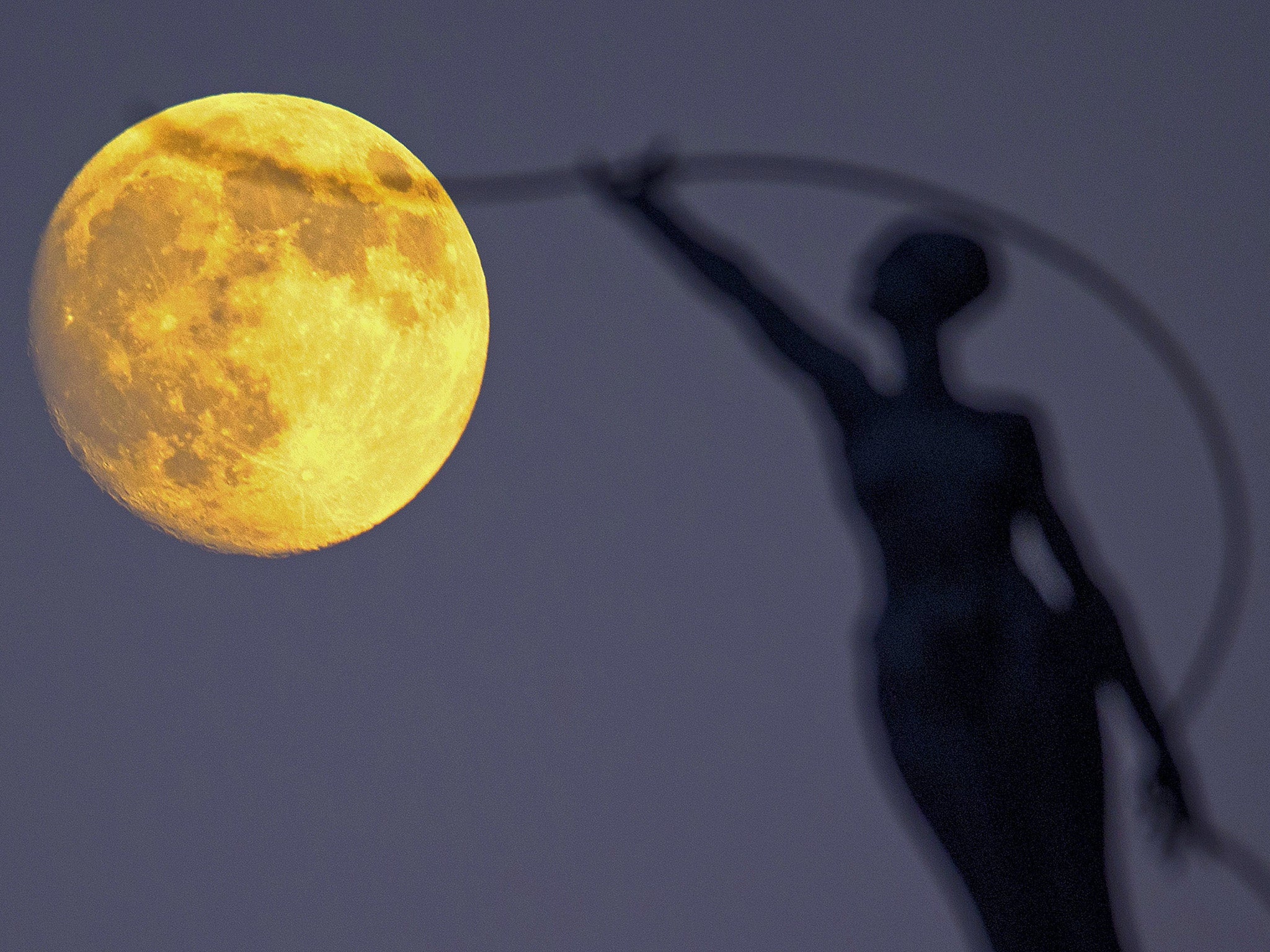Supermoon, Blood Moon, lunar eclipse 2015: How to watch events live
Getting up at 3am will give people in the UK the best view — though you don't have to stay up to see some of the night's events

Your support helps us to tell the story
From reproductive rights to climate change to Big Tech, The Independent is on the ground when the story is developing. Whether it's investigating the financials of Elon Musk's pro-Trump PAC or producing our latest documentary, 'The A Word', which shines a light on the American women fighting for reproductive rights, we know how important it is to parse out the facts from the messaging.
At such a critical moment in US history, we need reporters on the ground. Your donation allows us to keep sending journalists to speak to both sides of the story.
The Independent is trusted by Americans across the entire political spectrum. And unlike many other quality news outlets, we choose not to lock Americans out of our reporting and analysis with paywalls. We believe quality journalism should be available to everyone, paid for by those who can afford it.
Your support makes all the difference.The moon is set to have one of its most stunning nights in decades tonight. But it hasn't picked the best time.
The Supermoon and lunar eclipse are set to coincide for the first time in 30 years this evening, in an event that won't be visible for another 30.
The U.K. has the misfortune of having the eclipse at the least sociable hours. But by setting your alarm right, and getting out at the best time, you'll be able to get out and see it without losing too much sleep.
The lunar eclipse begins at 1.10am and ends at 6.24am. But it won't go total until 3.11am, and that will last until 4.24am.
It's between those times that the blood moon will be at its reddest, since the Earth getting fully in the way scatters the light as it goes from the sun to the moon. Setting your alarm for about 3 in the morning will give you plenty of time to get into place and the most time to look up — though of course you might want to head straight back to bed.
Watch the video below for Nasa's explanation of why the spectacle happens:
Join our commenting forum
Join thought-provoking conversations, follow other Independent readers and see their replies
Comments